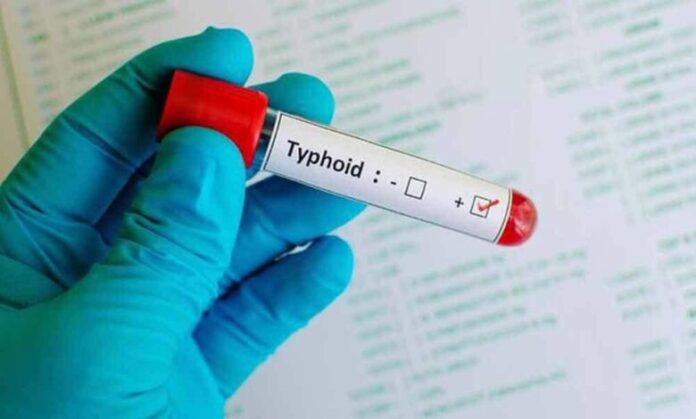
Shahid Khan
The Khyber Pakhtunkhwa Health Department has recorded a concerning total of 21,000 cases of malaria and typhoid across the province in the last three weeks. The department’s report, based on data from 1,336 out of 1,804 health centers in the province, reveals that within this period, 17,954 individuals have been afflicted with malaria, while 3,427 have contracted typhoid.
The report highlights six districts in Khyber Pakhtunkhwa (KP) with the highest number of confirmed malaria cases: Dir Lower, Buner, Hangu, Bannu, Lakki Marwat, and DI Khan. These districts reported between 301 and 971 malaria patients in the past week alone, categorizing them as highly sensitive to malaria.
Additionally, Karak, Tank, Nowshera, Charsadda, Battagram, and Kohistan Lower have reported weekly malaria cases ranging from 200 to 300. Notably, a significant portion of the malaria patients are women.
Also Read: Innovative “Osho” App Aims to Revolutionize Local Government Services in KP’s Merged Districts
In terms of typhoid, the report identifies sensitive districts in the last week as Dir Lower, Swabi, Abbottabad, Peshawar, Bannu, and DI Khan, where a total of 450 typhoid cases were confirmed within a week.
It’s essential to note that data from more than 400 centers is not included in this report. The health department is implementing measures at the district level, conducting awareness campaigns, and administering typhoid vaccinations. These efforts, along with government initiatives, are aimed at controlling malaria and typhoid.
Health experts attribute the high number of cases in these districts to poor sanitation, drainage issues, and inadequate access to clean drinking water. Frequent electricity load-shedding exacerbates the problem by increasing the prevalence of mosquito bites and the transmission of diseases like malaria.







